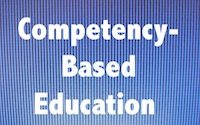
A Lesson Structure and an Instructional Design Model for Project-Based Online Learning
Research-based best practices that employ learning theories such as Project-Based Learning (PBL) have not been thoroughly developed for the constraints of the K-12 online setting, nor have they been tested in this unique context. K-12 online teacher-developers face many constraints during the process of instructional design and require additional supports to translate these learning theories […]














